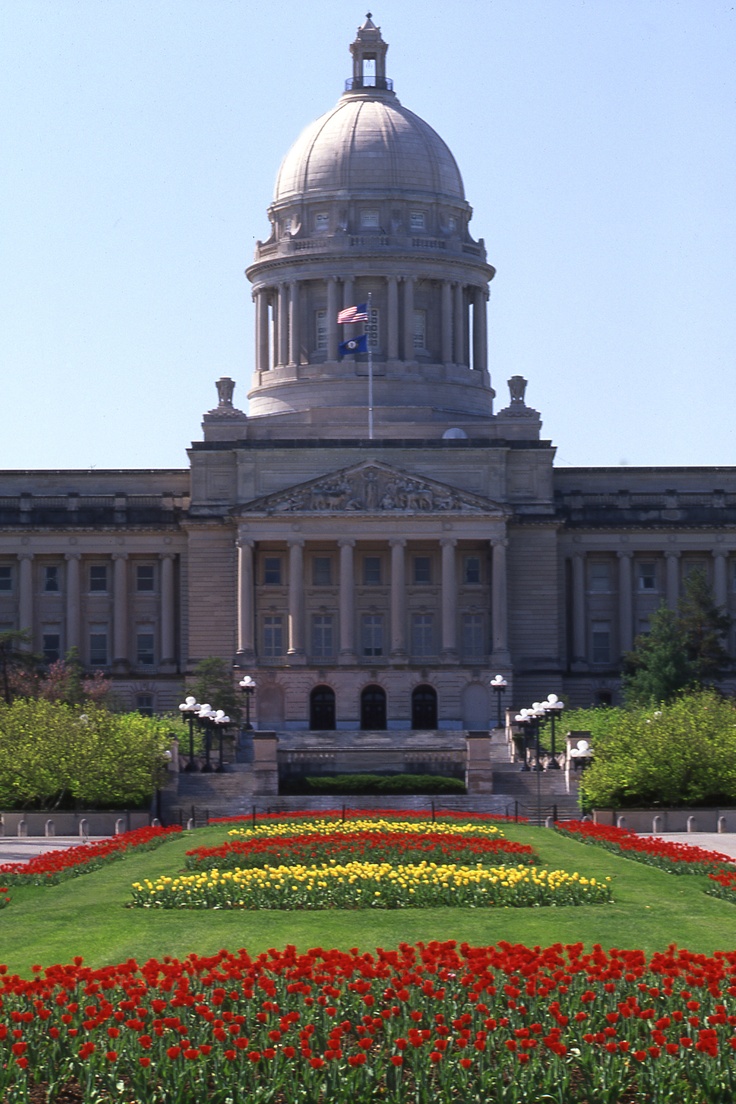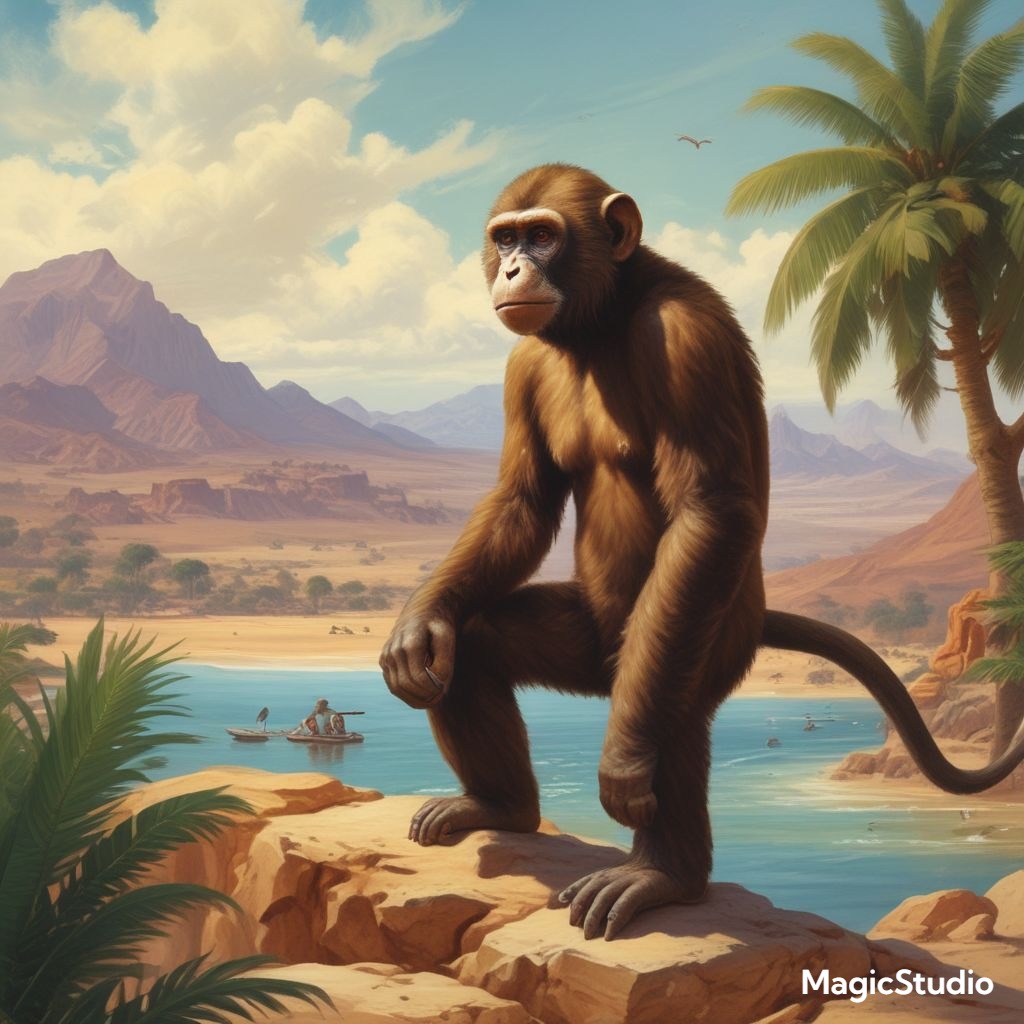This is the largest of the Balearic Islands,’ Mallorca is a famous Mediterranean tourist attraction with diverse, beautiful nature and an exciting history and culture. However, the model of running the island has come under pressure over time, given that it hosts millions of tourists each. Traditional tourism often brings about social instabilities, cultural erosion, and the degradation of the natural environment.
Mallorca has adapted to this theory by pioneering itself as one of the significant regenerative tourism areas. This progressive model ensures that future generations succeed in enhancing the welfare of the area over the damage that comes with tourism. This paper will define regenerative tourism, discuss its importance, and discover why Mallorca is the epitome of sustainable travel.
What Is Regenerative Tourism?
What Regenerative Tourism Is
While sustainable tourism minimizes any negative impact on the environment and people that tourist activities can cause, there is regenerative tourism. On the other hand, regenerative tourism wants to improve and restore the cultures and landscapes it comes across. It involves leaving behind positive footprints that include rejuvenating the physical landscape, contributing positively to the economy of the regions we visit, preserving cultural assets, and enhancing the well-being of the inhabitants of the areas we find ourselves.
Therefore, the regenerative tourism model is a shift from tourism that simply sustains the environments and people it comes across to rejuvenating them. Regenerative tourism in Mallorca has four main objectives: developing resistance in the structures, supporting other species, upgrading the hand-made products, and adopting the model where the natural environment and people are partners.
Mallorca’s devotion to sustainable & regenerative tourism
The Tourism Sector in Mallorca Has to Evolve
Mallorca has depended heavily on tourism for a long time now. However, this type of tourism has often caused overcrowded beaches, pollution, the replacement of native traditions by global culture, and increased pressure on the biologically sensitive environment of the island. A more responsible attitude has been expressed mainly due to overdevelopment and the adverse impacts on the environment that have adverse effects on the island’s previously stunning beach and remarkable good looks.
Recently, local governments, travel agencies, and environmentalists have been aware that the only way to save Mallorca for the future is to switch over to regenerative tourism. It benefits the island’s economic, social, and environmental life. Even though it is currently too early to define the effects of the transition to regenerative concepts, Mallorca is trying to create a new tourist plan that can become an example for other travel destinations worldwide.
Mallorcan Foundations For Regenerative Tourism
- Environmental Regeneration: Currently, Mallorca is trying to undo the damage caused by the detrimental implementation of the concept of the new post-industrial society on the island, which negatively impacts its natural landscapes. Those are rotation, marine environment protection, and sustainable land management. This warm temperate oceanic island’s well-known dry-stone terraces, formerly vital for agriculture, are now reorganizing to conserve ecology and history.
- Empowerment of the Community: Cohost conservation in Mallorca focuses on contact with people and their attempts to enhance their way of living. This may involve financing social causes that help the people in the particular region, participating in local tourism, and supporting artisans.
- Cultural Preservation: Mallorcan identity, of course, presupposes features such as the history and culture of the island that distinguish it from the rest. In this way, regenerative tourism provides the preservation of informing tourists and ensuring they do not impose their culture on the destination’s people and practices regarding food celebrations and the like. It helps to boost regional markets, local art, and cultural events to ensure that future generations remember the artistic side of Mallorca.
- Sustainable Business Practices: The ability to look around the island and see that most tourism industries are now adopting friendlier business practices for the environment is incredible. Energy conservation and optimum utilization of available resources, such as minimization of wastes, water, and energy where possible, as lodging facilities, dining establishments, and travel agencies practice utilization of green energy sources. M&As are being used by some firms to reduce their carbon emissions by offering farm-to-table dining experiences and support for regional food systems.
Mallorcan Regeneration Tourism Initiatives
- The Albufera Natural Park: This wetland site, with fauna being found in the area, is amongst the most critical environmental reclamation projects in Mallorca. It has been successfully restored through mechanical clearing of the region of non-indigenous plant species, drawing water, and increasing public awareness of the sustainable environment of the park. These steps ensure that the park will always afford tourists a quiet environment and that the fauna will live within it, satisfying all its needs for successful survival.
- Biodiversity Conservation: Mallorca has taken several strides to protect its biotic diversity and to preserve its natural parks. These include reinstating alpine features on the island, which, according to historical data, supported various plant and animal species originating from the island and developing MPAs along the island’s coastal regions.
- Sustainable Agriculture: Mallorca is also implementing practices for sustainable agriculture, as the goal is to regain the land’s losses and not exhaust them. Proposals are being made to local farmers to adopt less hazardous pesticides and chemicals, to use water more efficiently, and to embrace organic farming methods. Such directions will keep soil fertility and wildlife for future generations as agricultural land on the island will support such projects.
Regenerative Tourism’s Advantages for Mallorca
Advantages for the Environment
This is because regeneration tourism reinvents ecosystems in Mallorcan Island, ranging from the mountainous country to the beaches. It keeps the gorgeous face of the island intact with the least environmental impact, creating a favorable future for the plants and animals that dominate the island. Mallorca can maintain diverse and shifting ecosystems for future generations of locals and tourists if it starts working on its wetland, forest, and marine environments.
Growth of the Economy
This means regenerative tourism is lucrative, although mass tourism must be abandoned. In this pursuit of personal, affecting eco-tourism experiences, patronizing local farmers and artisans, and funding sound business initiatives, the economic development of Mallorca might be experienced in ways that will enrich the lives of the island inhabitants. Paying for local products and services and giving more attention to regenerative tourism experiences strengthen the economy.
Impact on Society
Regenerative tourism enhances the participation of the local individuals’ capacities and creates employment opportunities. As these communities experience tourism, incumbent locative cultures and traditions are respected and preserved as more tourists indulge in picked-up exotic experiences. The island’s people gain historical relevance and feel more and more directly responsible for what happens there.
How Tourists Can Contribute To Regenerative Tourism In Mallorca
Visitors to Mallorca have a significant impact on promoting regenerative tourism. Travelers can have a positive influence in the following ways:
Select Sustainable Lodging: Seek out eco-friendly lodging options, such as rural guesthouses or hotels, that promote sustainable activities like waste reduction, energy conservation, and patronizing small businesses.
Support Local Farmers and Artisans: To help the island’s sustainable agriculture, buy goods from neighborhood markets, or participate in farm-to-table dining experiences.
Respect the Environment: Responsibly participate in beach activities, animal viewing, and hiking. Consider your environmental impact by reducing waste and refraining from disturbing natural areas.
Learn and Participate: Learn about the island’s history, customs, and environmental restoration initiatives by attending tours, workshops, and cultural events.
Conclusion
Mallorca’s shift to regenerative tourism is a daring move toward building a more resilient, sustainable, and dynamic tourism sector. The island is establishing a model for travel destinations worldwide that seeks to balance sustainability and tourism by emphasizing environmental rehabilitation, community empowerment, and cultural preservation.
In addition to protecting Mallorca’s natural beauty and cultural heritage, regenerative tourism actively seeks to revitalize the island for the enjoyment of future generations. By adopting responsible tourism habits that promote the revitalization of our planet and its communities, we, as travelers, can contribute to this change.
Read More: Money6X Make Money
FAQS About Mallorca Regenerative Tourism
What is Regenerative tourism?
By actively aiding in preserving and enhancing the habitats, cultures, and communities it affects, regenerative tourism is a travel philosophy beyond sustainability. Instead of only limiting damage, it emphasizes regeneration.
What are the advantages of regenerative tourism for Mallorca?
Regenerative tourism benefits the island by repairing Mallorca’s natural ecosystems, boosting regional economies, conserving cultural heritage, and promoting a more resilient and sustainable tourism sector that benefits residents and tourists.
Is it possible for visitors to engage in regenerative tourism in Mallorca?
Indeed, travelers can practice regenerative tourism by selecting eco-friendly lodging, helping local farmers and craftspeople, protecting the environment, and participating in cultural and educational events encouraging conservation and heritage preservation.
Which Mallorcan projects are examples of regenerative tourism?
Albufera Natural Park restoration, the establishment of coastal protected areas, and the encouragement of sustainable farming methods that replenish soil and biodiversity are a few examples.
Is the trend of regenerative tourism expanding?
Indeed, as tourists grow more aware of their actions’ effects on the environment and society, regenerative tourism is becoming increasingly popular worldwide. Regenerative concepts are being adopted by several locations, including Mallorca, to produce more rewarding and sustainable vacation experiences.
Question
How can visitors contribute to regenerative tourism in Mallorca?
Feedback
Share your thoughts or ideas on how travelers can positively impact Mallorca’s environment, culture, and communities.






My brother recommended I would possibly like this blog. He was once entirely right. This publish actually made my day. You cann’t imagine just how a lot time I had spent for this info! Thanks!
I’ve observed that in the world of today, video games would be the latest craze with children of all ages. There are times when it may be difficult to drag your son or daughter away from the activities. If you want the very best of both worlds, there are various educational activities for kids. Thanks for your post.
hello there and thanks to your information ?I抳e certainly picked up anything new from proper here. I did on the other hand expertise a few technical points using this website, since I experienced to reload the website lots of occasions prior to I may get it to load properly. I had been brooding about if your web hosting is OK? Now not that I’m complaining, but sluggish loading circumstances occasions will very frequently affect your placement in google and could damage your high-quality rating if advertising and ***********|advertising|advertising|advertising and *********** with Adwords. Anyway I am adding this RSS to my email and can look out for a lot more of your respective fascinating content. Make sure you update this once more soon..
Please tell me more about this. May I ask you a question?
Sure I will Provide These Answer